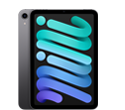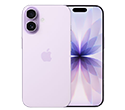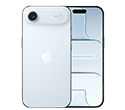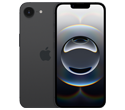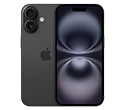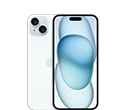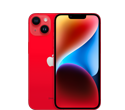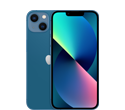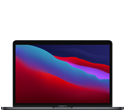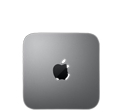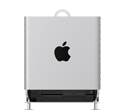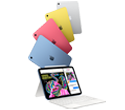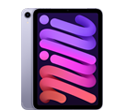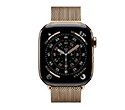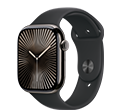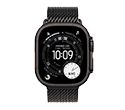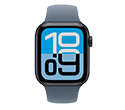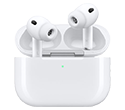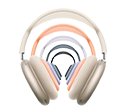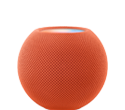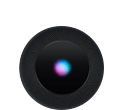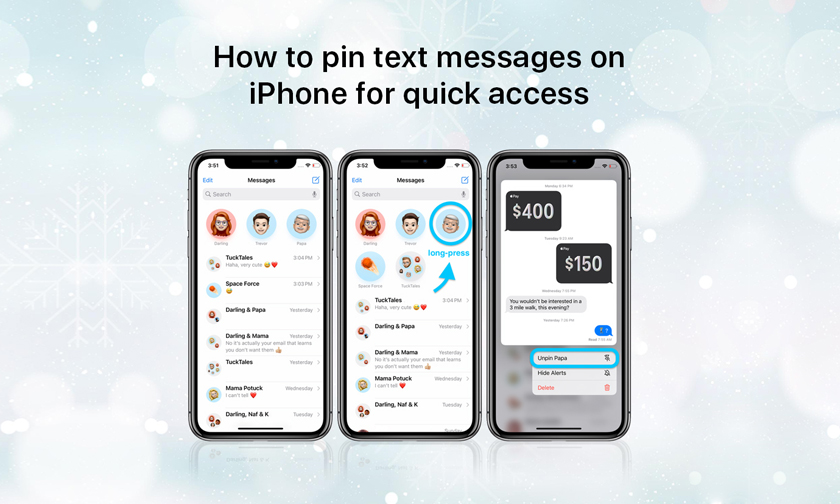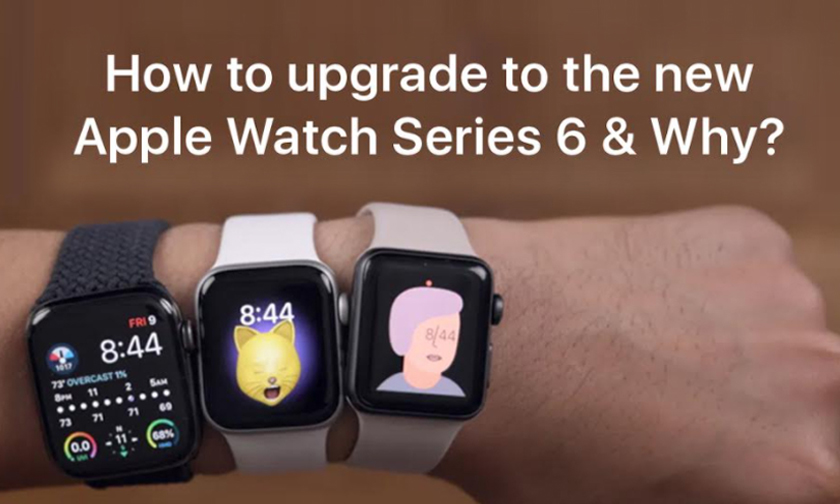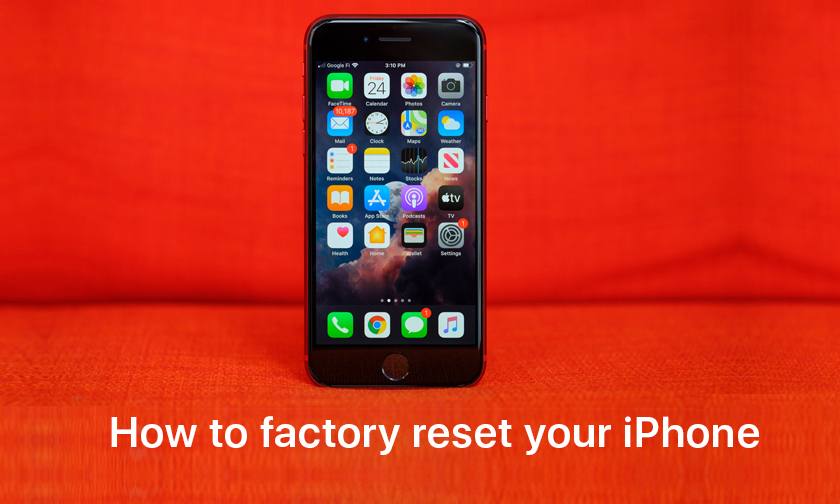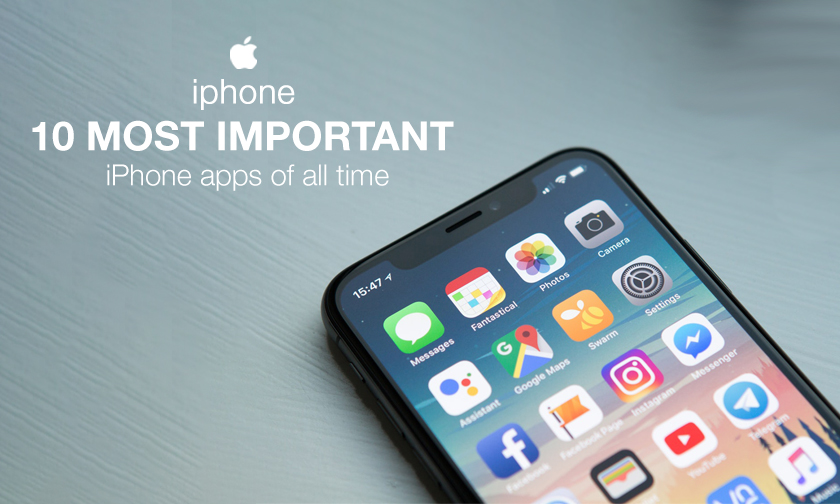
10 most important iPhone apps of all time
It took Apple a year after launching the original iPhone before it opened the App Store--and almost overnight it transformed a user-friendly-but-not-very-useful device into one of the great software platforms in history.
Among all of these great apps, there have naturally been some standouts that have made life better, given us new things we didn't know we needed, and entertained us in lots of new ways. So let's count down the top 10.
10. TripIt
This little app launched as a web service in 2007--just after the launch of the original iPhone--but it really hit its stride once it became an app. TripIt organizes all your travel itineraries for you in one place. So you can forward your confirmation emails for flights, hotel reservations, car rentals, dinner reservations, show tickets, etc. to TripIt (from an email address that's connected your TripIt profile) and the service uses machine learning to automatically groups them into trips for you. It replaced hand-written notes and sorting through emails to find confirmation numbers and trip details. Its premium service even sends notifications to your phone to keep you on-time and to update you on flight cancellations, gate changes, and other airline and airport information. Long before there were good airline and hotel apps, TripIt set the standard of using your smartphone to make your trips go a lot smoother.
9. Fortnite
Originally launched as "Fortnite: Save the World," a popular console and computer game in 2017, the franchise eventually launched the breakout spin-off hit "Fornite Battle Royal." The player-vs-player battle game features diverse heroes, cartoon graphics, friendly controls, and minimal gore, which has given it wide appeal to lots of different kinds of gamers. But, the popularity of the battle royal game went to a whole new level when Fortnite launched on iOS in March 2018 and earned $100 million in its first 90 days in the App Store. Fortnite proved once-and-for-all that the smartphone is a powerful gaming platform for much more than just puzzles and word games.
8. Evernote
Another thing that the smartphone replaced for many people was the notebook. While the iPhone has its own Notes app that plenty of users like, the app that really made note-taking a thing on the iPhone was Evernote. The app did a couple things that made it standout: it let you not just take text notes, but also embed audio, attach photos, and attach documents like PDFs. And, it synced seamlessly (and almost instantly) between your phone and your computer. Apple eventually brought most of these same features to its Notes app and plenty of other note-taking competitors have shown up, but Evernote has been the gold standard.
7. Duolingo
When the inventor of the captcha, Luis von Ahn, launched a free language learning app for iOS in November 2012, it was going up against an 800-pound gorilla in Rosetta Stone. Duolingo looked like a fun little experiment--it promised that by using the app you were also becoming part of a global network helping to translate the web into different languages. That was why it was free. However, it turned out that Duolingo wasn't just more cost effective and more convenient (by being on your phone), but arguably more effective. One study found that the equivalent of a college semester of language learning could be achieved with Duolingo in 34 hours, versus 55 hours with Rosetta Stone.
6. Pokémon GO
When it launched in the summer of 2016, Niantic's Pokémon GO was a rocket ship--hitting over 50 million downloads in just 19 days. For comparison sake, it took radio 38 years to reach an audience of 50 million. It took TV, 13 years, the iPhone, 3.5 years, and Facebook, 2 years. But Pokémon GO's greatest achievement may have been that it got people who were glued to their smartphones out into the real world and experiencing new places and often interacting with other people playing the game--since the rules were a bit cryptic and forced people to ask each other for help. It was also the first great augmented reality app--a trend that is likely to play a big part in the next decade of the App Store. In fact, the next big AR app could be Niantic's new Pokémon GO-like experience: Harry Potter Wizard's Unite, which launches in summer 2018.
5. Flipboard
Originally launched to coincide with the arrival of the iPad in 2010, Flipboard came to the iPhone later that year (and Android in 2012). For the early App Store era, it generated more buzz than almost any other app--eventually going on to being named the "iPad App of the Year" by Apple in 2010 and becoming so popular for news aggregation that it was blocked by the Great Firewall of China in 2011. Since that fast start, it has matured to become one of the best news aggregation apps for filtering the news based on your interests and your favorite sources--on both iOS and Android. Apple finally launched its own worthy competitor, Apple News, in 2015.
4. Instagram
One of the early epiphanies for iPhone users once the App Store launched was that it could now allow you to take a photo, edit it, and post it on social media--all from your phone and in near real time. Professional photographers like Chase Jarvis and Lisa Bettany gushed over the possibilities. Jarvis wrote the book The Best Camera Is The One That's With You and released a companion app, and Bettany worked with a team to create Camera Plus, the hottest early photo editing app for the iPhone (you can read the story of both in my book Follow the Geeks). However, Camera Plus got banned from the App Store for six months and during the time it was out in the fall of 2010, a new app called Instagram swept in. Instagram took the idea of filters--to do the photo editing for you--from Camera Plus and made them even better. And it also created a little social network for you to share your photos with your friends. It made sharing even imperfect photos more fun, redefined photography, and got acquired by Facebook for $1 billion in 2012. Instagram now has over a billion active monthly users.
3. Pandora
Launched in 2000 and initially popular as a web app for your computer, Pandora released its iPhone app with the launch of the App Store in 2008 and immediately shot to the top of the charts as one of the most downloaded free apps on the platform. It pioneered and popularized the concept of music streamed over the web to your phone. Because of licensing, you couldn't make playlists of your favorite songs, but you could tell Pandora your favorite song, band, or genre and it would stream you a recommended playlist. I knew people at the time who were such avid Pandora fans that they held onto their AT&T unlimited data plans for dear life--because their companies blocked Pandora streaming on the network and so they listened to Pandora on their iPhones all day long. Of course, Pandora was eventually superseded by Spotify and Apple Music, but it led the trend for streaming music to replace buying singles and albums on iTunes.
2. Google Maps
When the iPhone first launched, there were over 10 million people a year spending around $300 to buy a dedicated GPS navigation system like the popular ones from Garmin. And then the first iPhone launched with its built-in Maps app--powered by Google Maps--a year before the App Store even opened. Users suddenly had their own GPS navigation system built into the device, and because of the power of Google Maps, it was better than a GPS device in many ways. Within two years, sales of stand-alone GPS systems started dropping precipitously. By 2012, Apple launched its own Apple Maps to replace Google Maps as the default navigation app on the iPhone, but three months later Google Maps relaunched as a third-party app and it's been one of the top free downloads on the iPhone ever since. It now includes built-in information about local businesses, integrated maps and timelines of public transportation, and live traffic and accident data from the crowd-sourced app Waze (which it bought in 2013).
1. Tweetie
This is probably the one app on this list you've never heard of--or have forgotten about. That's because the brand "Tweetie" went away in 2010. 'So how on earth could this be the number one most influential app?' you're bound to ask. It's because the app is known today by a different name--Twitter. And it was the harbinger of a larger trend: social media apps being the most addictive, the most used, and the most loved (and occasionally most hated) apps on our phones. When Tweetie launched in the fall of 2008 a few months after the App Store opened, it was already up against an entrenched incumbent named Twitterrific, in the fight to be the top Twitter client. No matter, Tweetie had a squeaky clean interface and several unique features like pull-to-refresh that became app standards. At launch, Apple columnist John Gruber was already calling it, "my favorite iPhone Twitter client by far." Tweetie became the leader almost immediately, despite costing $2.99. When Twitter realized that most of its growth was coming from mobile, it acquired Tweetie for a few million dollars from Atebits--the one-man development team run by Loren Brichter--in the spring of 2010, renamed it "Twitter for iPhone," and started giving it away for free. At the time, Facebook was purely a desktop website and was struggling badly on mobile. Within a few years, it was emulating many of the Twitter (née Tweetie) app features to power its mobile turnaround. Facebook went on to become the most downloaded app of the first decade of the App Store--further proof that social media apps have been the true killer apps for smartphones.
Well, these were some great apps for an iPhone, so what are you waiting for? Get yours at an iDelta store near you.
We have our Apple Premium Reseller & Apple Authorized Reseller stores open at:
Meerut | Bareilly | Lucknow | Jalandhar | Ludhiana | Dehradun | Faridabad
Follow us on Facebook & Instagram & Stay updated with the latest deals/offers on your favorite Apple Products.
Tags : Iphone Apple Ios Smartphone Appstore
Author : idelta
Search
Recent Posts

iDelta | All rights reserved



